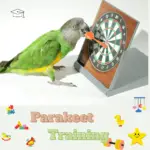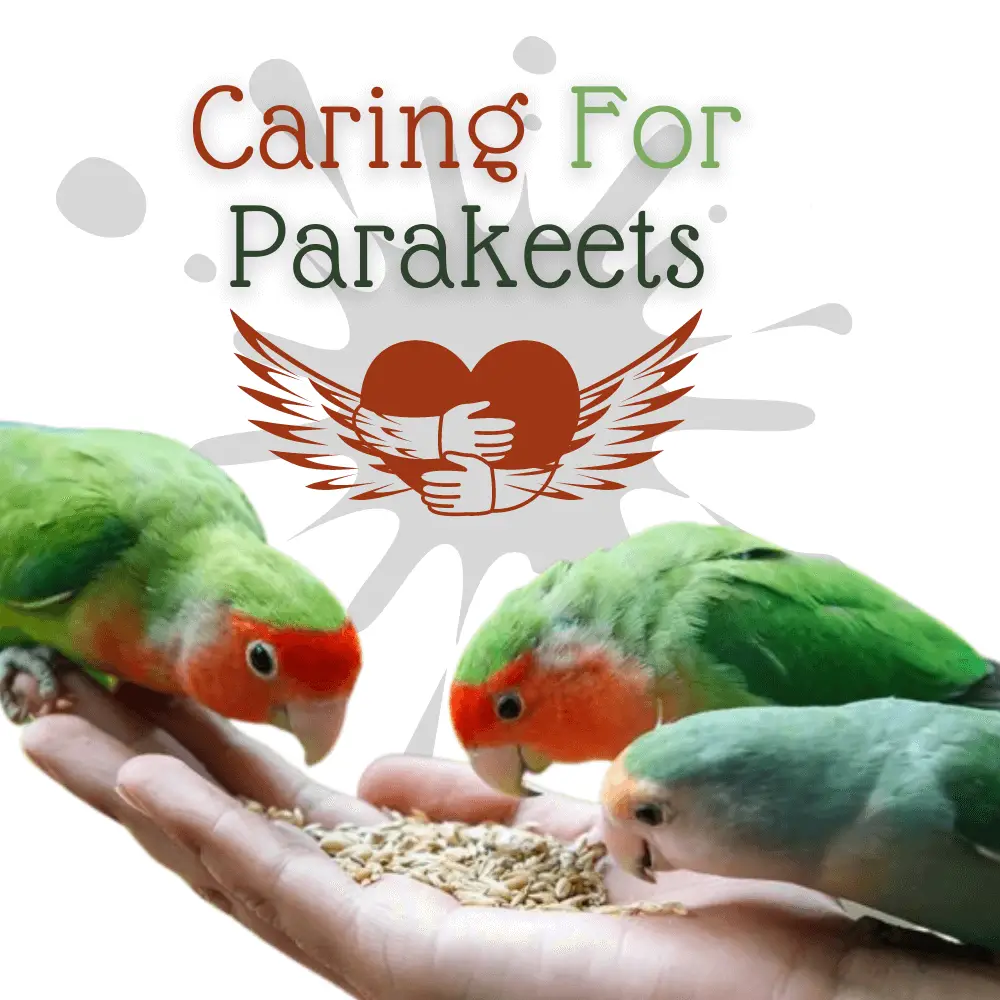
Caring for parakeets, There are several families, species, and subspecies of Psittacidae, sometimes very different, which claim, according to their natures, to particular needs.
Indeed, from the neonatal phase to the realization phase, the parrot goes through a succession of periods of unequal duration which differ enormously from one species of parrot to another, even within the same family.
This results in certain very specific needs of the species and it is sometimes difficult for humans to know these particular needs and to provide the bird with the appropriate care and/or socialization.
Sometimes, this ignorance can lead the young parrot to develop one or more aberrant behaviors, which will considerably reduce its potential as a pet (for you ).
Are parakeets easy to care for
Despite the fact that parrots born and living in captivity do not need to learn the skills that survival in the jungle requires, it is important for this social animal to learn to live with its human society, to acquire the right forms of communication as well as adequate conflict resolution mechanisms in the human world.
To do this, it is important that humans take into account the nature of their bird as well as its developmental stages, in order to adequately meet their needs and carry out good socialization.
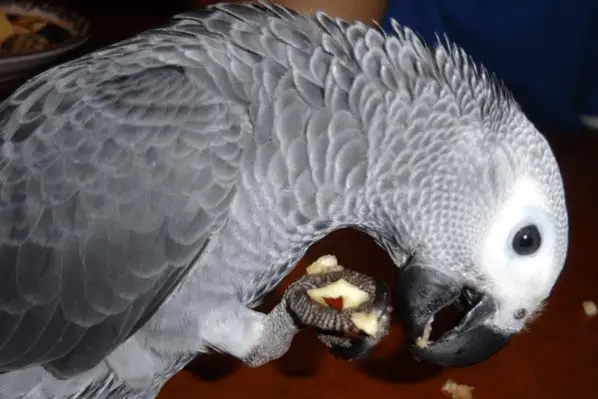
The weaning period is very critical in the life of the bird, it is at this time that it develops its curiosity and its sense of adventure, that it begins to interact with its social group, take its own decisions, whether he learns to vary its diet and to recognize what is threatening or not.
Birds having received the appropriate care according to the ethogram during this period, those who will have had several experiences during the socialization period such as exposure to various situations or environments, even unpleasant ones,
birds which will have met various people, other than the immediate family, and who will have even been manipulated by these strangers, those to whom we will have presented at an early age different foods and objects, including toys,
Sensory deprivation is too often created by humans ( breeder ) who reject the physical or attachment needs at this critical period ( inadequate weaning and/or ignore the bird so as not to create a link ) or by the one who, on the contrary, tries to overprotect his little parrot by avoiding any form of experience or adventure,
for fear that he will get hurt or that he will suffer some chimerical traumas and, what is more, deny him any other social contact. that the immediate family (categorically refuses anyone to touch or manipulate their parrot) during their attraction phase.
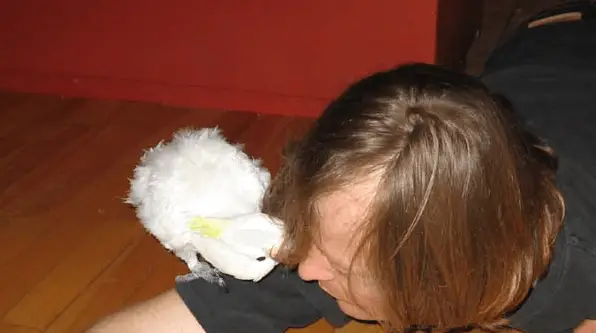
Caring for parakeets birds
This deprivation risks creating a very low emotional threshold in the young bird and it will be when this threshold is exceeded ( very quickly ) that the bird responds with reactions of fear and anxiety, even going as far as aggression and self-harm.
A bird with a low emotional threshold will reject any form of exploration and will become attached, often excessively, to the known elements of its environment ( RB ) ( a single person, its cage, etc. ), which is more than conducive to the formation of habits, stereotypes and…. the appearance of real behavioral problems!
Young parrots, for the most part, require parental care for a very long time. Some species are likely to take several months from the start of the process and can thus stay with their parents for quite a long time, particularly large species such as the macaw or large cockatoos or species in monospecific groups, such as the gray dove. ‘Africa.
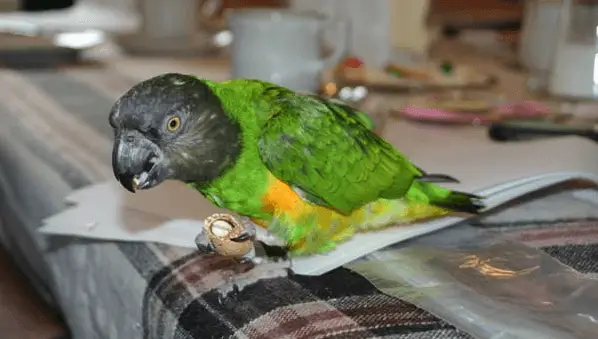
In multispecies groups = shorter (-) socialization period
In monospecific groups = longer (+) socialization period
As is now demonstrated, many ( real ) behavioral disorders arise directly from Hand- Raising ( EAM ), among other things, because many breeders do not take into account or are simply not aware of specific needs. species and, therefore, tend ( among others ) to initiate food weaning of young parrots according to the size of the latter.
In addition, given the rapid growth curve of young parrots that reach their adult size at a very, very early age, it is not uncommon to see food weaning begin as soon as the young are fully covered with feathers.
Caring for parakeets
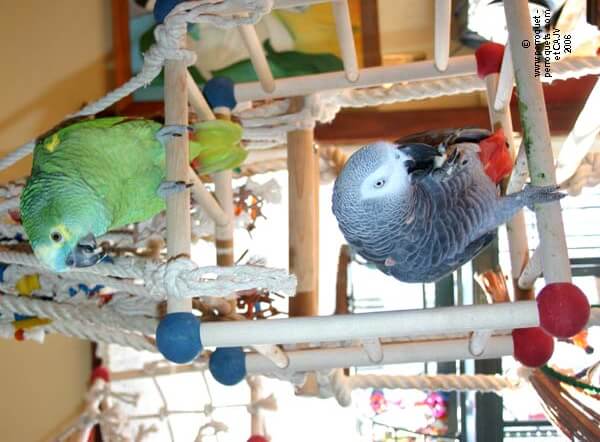
I will give you the example of two species having a similar size, either the Amazon, part of the group of so-called “multispecific” parrots (several species share the same territories and resources ), and the African gray, which is part of the parrots. so-called “monospecific” species (only individuals of the species are tolerated on the territory).
African Gray multispecies group = Monospecific group
It has long been established that the African gray is a bird that is said to be “problematic”, since it tends to develop various symptoms due to anxiety such as fears, and various phobias, and the best known of which is certainly mutilation of plumage ( pecking ), usually accompanied by various stereotypes.
On the other hand, certain species, such as the Amazon family ( with the exception of the albifront amazons ), seem immune to this kind of aberrant behavior … it is indeed quite rare to meet an Amazon exhibiting a pecking syndrome or even, with any behavioral disorder.
Why do you think these species are so different from the point of view of emotional and psychological fragility? Would the African gray come to us from the outset pre-neurotic?
I do not think so and in many cases, it is only a question of species; specific needs related to the species.
Let me explain: the Amazon parents – who are not recognized for their parental instinct – expel the young from the nest very early, either around the age of 3.5 or 4 months, depending on the availability of food in the nest. environment.

On the other hand, African grays seem to act in the opposite way, keeping their offspring close to them for a long period of time, sometimes until the parents’ next reproductive cycle ( one year and more ). Let’s say that African grays have a little “Tanguy” side!
These two species of parrots are birds of comparable size, but whose ethogram of reproductive behavior is quite different.
So there is a risk that a young African grey, weaned according to the schedule “understood” for a bird of this size, that is to say between 3 and 4 months, is more fragile in the future development of ‘chronic anxiety due to too early weaning, that a young Amazon weaned at the same time.
Caring for parakeets

To be sure, psittacines share a common basis of identical innate behaviors, but it is often in application or form that these behaviors may differ.
Thus, a macaw and a lovebird are both prey animals, on the other hand, the tolerance threshold in the face of a situation that one could define as “threatening” will be very different and the reactions which will result from it will also be very contrasted.
In addition, the maturation of behavior can be very variable according to the different species. Thus, our little lovebird will exhibit sexual behavior much earlier than the macaw.
Recognizing that parrots are not all the same, knowing the needs of your animal, is more than a great demonstration of respect and love, it is the surest way to avoid the traps of domestication and its baggage aberrant behaviors which unfortunately are too often the lot of our so-called “domestic” parrots.

